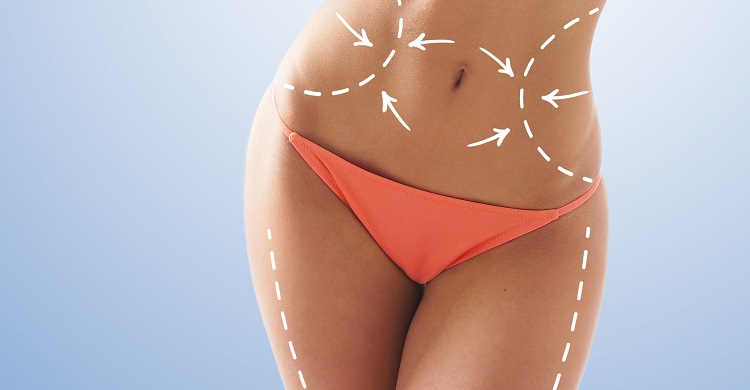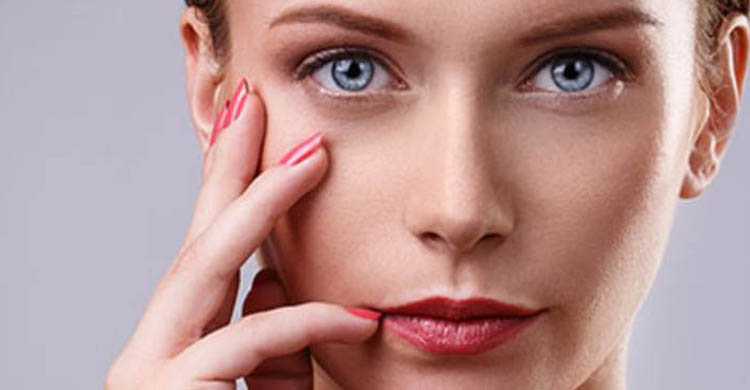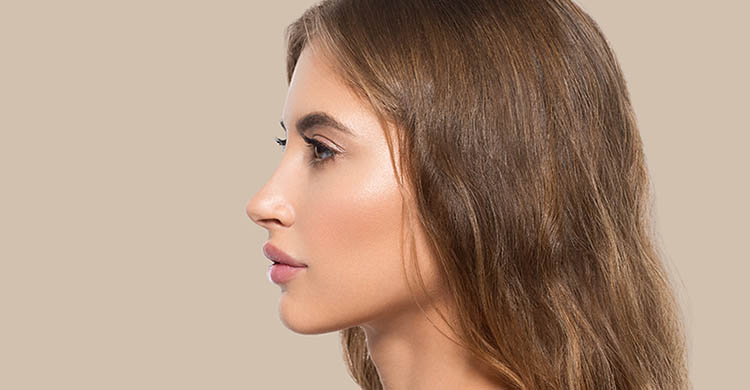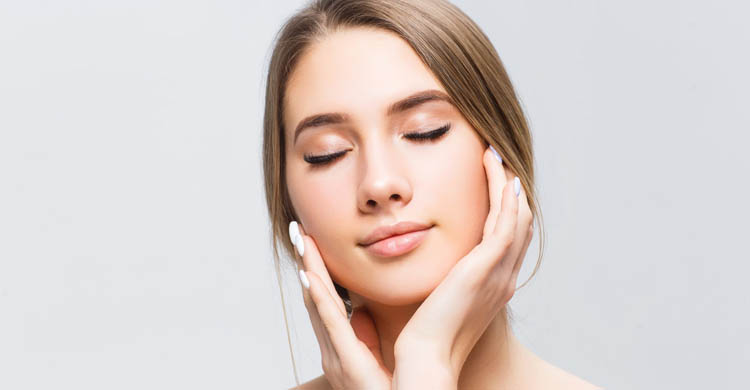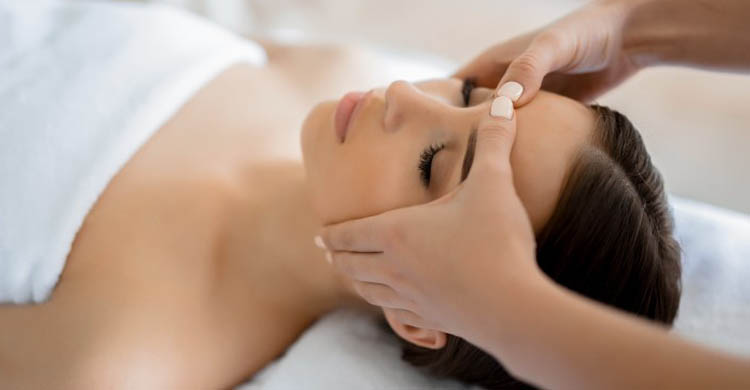PRP For Hair Loss
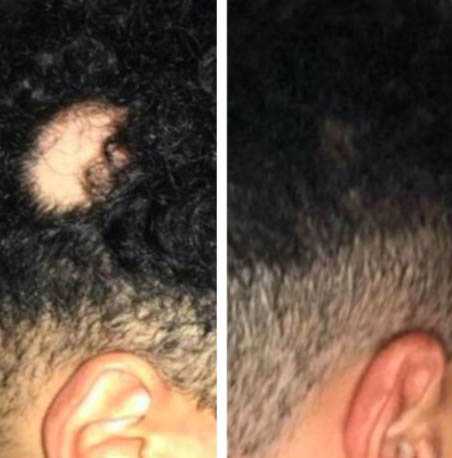
PRP stands for platelet-rich plasma, and it’s an increasingly common treatment where a person’s own plasma is re-injected into areas of the body, the face, or the hair to rejuvenate the skin and to stimulate hair growth.
PRP is a concentration of wound healing growth factors that are naturally found in the blood; this substance stimulates collagen and blood supply and contains several factors that, in the concentrated form, are shown to have a stimulatory effect on the hair follicles.
The results have been documented and validated in several studies and in dermatological literature.
We use PRP in our practice for acne scars, skin rejuvenation, hair loss, dark circles in the undereye area.
It’s a very straightforward and easy procedure; we draw the blood, spin it in a special centrifuge, and then we extract the platelets. The result of this centrifuge contains all the growth factors beneficial for the skin.
This treatment has been more and more used, especially in the past 5- 6 years, as it’s extremely simple, quick, and has virtually no downtime.
Harnessing your own growth factors allows for the best results as it’s unique to you.
PRP can be seen as a form of regenerative medicine, as when we inject it, we stimulate that healing and regenerative mechanism that is entirely natural and effective.
There are dramatic results in hair loss for both men and women of all ages.
It’s a very straightforward procedure as you come into the clinic. After drawing your blood, we will centrifuge it so we can separate the red , the pro-inflammatory white , and after the procedure, we will obtain a layer of platelet-rich plasma that contains several growth factors.
The procedure is also very quick, as, in about 10-15 minutes, we will inject the scalp with your own body platelet-rich plasma.
After a month, we will see you again in the clinic to re-assess the hair and any change in the scalp.
A minimum of 3 sessions (3 months in total minimum) are recommended to see dramatic results, and you can decide how often you want to continue this treatment.
This procedure is natural, easy, and no medication must be taken at home, as it’s your own hair that grows again.
In our before and after we can show you clear results and it’s such a difference after the three main courses.
Several studies confirm the effects of PRP on hair, as it makes them grow thicker and healthier.
Hair loss is not the same for everyone, so going to a fully certified and trained provider make sure the treatment is tailored to your needs, and you can make sure this treatment is right for you.
If you’re interested in PRP treatment, contact us via the form or via telephone to schedule your consultation today.
We created a helpful FAQ with the main questions that we get when asked about this treatment.
What are the benefits of PRP for the hair?
PRP for the hair can help with several hair-related issues, such as thinning, receding hairline, balding, and excessive shedding.
Some patience will be required to see results, as you’ll see the early signs of new hair from 4 weeks after the procedure onwards.
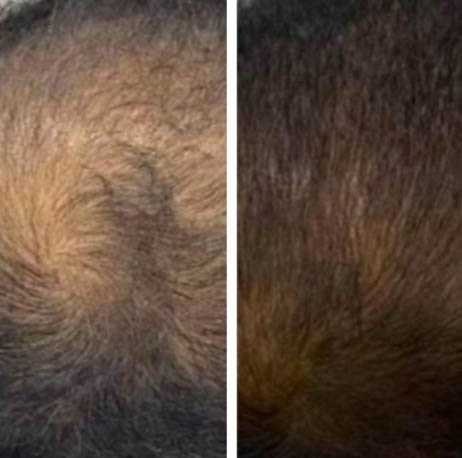
How does PRP for the hair work?
PRP restores growth factors in the blood. The scalp is stimulated with blood products with regenerative properties that allow for hair growth by stimulating the hair follicles.
Is the PRP for hair loss procedure safe?
PRP for the hair is the safest hair growth procedure currently available. It’s much safer than a hair transplant and less costly, yet it is still a realistic option for those with hair growth issues.
The scientific bits: how does PRP work, in detail?
PRP contains platelets that stimulate hair follicles and, therefore, hair growth.
These platelets target an area called the “Dermal Papilla”, an area of the follicle.
The platelets will not only promote new cell growth but also accelerate the regeneration rate so that the results will be quicker.
We have listed below the specific that promote hair growth:
• Insulin-Like Growth Factor (IGF) — a regulator of normal physiology in nearly every type of cell in the body
• Transforming Growth-Factor-Beta (TGF-b) — promotes the growth of matrix between , bone metabolism
• Platelet-Derived Growth Factor (PDGF) — promotes blood vessel growth, cell replication, skin formation
• Epidermal Growth Factor (EGF) — promotes cell growth and differentiation, blood vessel formation, collagen formation
• Fibroblast Growth Factor-2 (FGF-2) — promotes the growth of specialised and blood vessel formation
• Vascular Endothelial Growth Factor (VEGF) — promotes the formation of blood vessels
How is the PRP for hair procedure done?
The treatment is very safe and non-invasive. On the day of the visit, our specialised practitioner will draw blood, which will then be put inside a special centrifuge to separate the PRP from the rest of the blood. After that, you will be given a topical anaesthetic so to make the procedure more comfortable. You will then receive the treatment on the scalp by tiny injections in this area so that the hair follicles can be stimulated, and the hair growth process can start.
How many times do I have to have the procedure done?
The best results are seen with four rounds of treatment, usually performed monthly. This is to make sure that that stimulation remains active and the hair growth can proceed as it should. After the first four courses of the treatment, it’s advised to repeat the procedure every 3 to 4 months for up to two years to make sure to get the best results.
Who can have PRP?
Both men and women can have this treatment done, as it’s recommended for hair growth and thickness.
It’s indicated for those who are experiencing hair loss and for the people with fine hair that have to use hair extensions or wigs in their everyday life to get lovely long hair.
When it comes to medical conditions, the best candidates are those who don’t suffer from Telogen Effluvium or scarring Alopecia and don’t have any medical history of thyroid issues or lupus. People on blood thinners may experience a less visible result due to their platelets working less effectively. Contact us if you’re uncertain about being a candidate for the treatment, and we will help you figure out the best option for you.
Will PRP make my hair thicker?
Yes! PRP will consistently stimulate hair growth and hair thickness; you will notice your ponytail getting thicker and healthier.
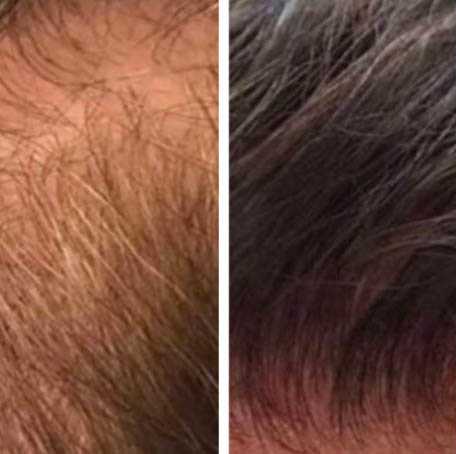
How effective is PRP treatment?
PRP is a very effective procedure; we had great feedback from our clients. It’s important to know that we’re all different; therefore, results are going to be different from one person to the other. PRP reverses hair thinning and promotes new hair growth, and worked well for our clients.
How is PRP different from other procedures?
PRP is currently the safest procedure and differs from surgical alternatives such as slit-grafting, micro-grafting, and punch-grafting.
In the surgical options, the hair-bearing skin is removed from the back of the scalp, and the graft is used to the balding areas. This is a surgical operation that takes from 4 to 8 hours, and it will require local anaesthetic and has a recovery period of a week.
Other treatments for hair loss include the use of specific medications such as Rogaine and Propecia; Rogaine is only 10/14% effective, whereas Propecia must be taken continuously to see results.
PRP takes only 30 minutes or less and doesn’t require any form of invasive anaesthesia. The recovery time is minimal (1-2 days), and most people can go on with their day after the treatment.
While the surgical alternatives cost anywhere from 4.000£ to 15.000£, PRP sessions are only a couple of hundred £, requiring only four sessions to see results.
Is there any side effect or risk associated with PRP?
There is minimal risk of side effects or risks; you may experience some minor redness and swelling, as well as pinprick bleeding at the injection sites. These will resolve in a couple of hours post-treatment.
Why choosing Dermamina for this treatment?
We have extensive experience in the medical field. We are well known for our clinic and expertise in aesthetics.
We love to look after our clients even after the procedures, and we are grateful for the hundreds of positive feedback that we received from our patients.
Some people may not be suitable for this treatment; If you want to know more about PRP and figure out if you’re a good candidate for this procedure, feel free to contact us and leave a message, we will get back to you as soon as possible.
